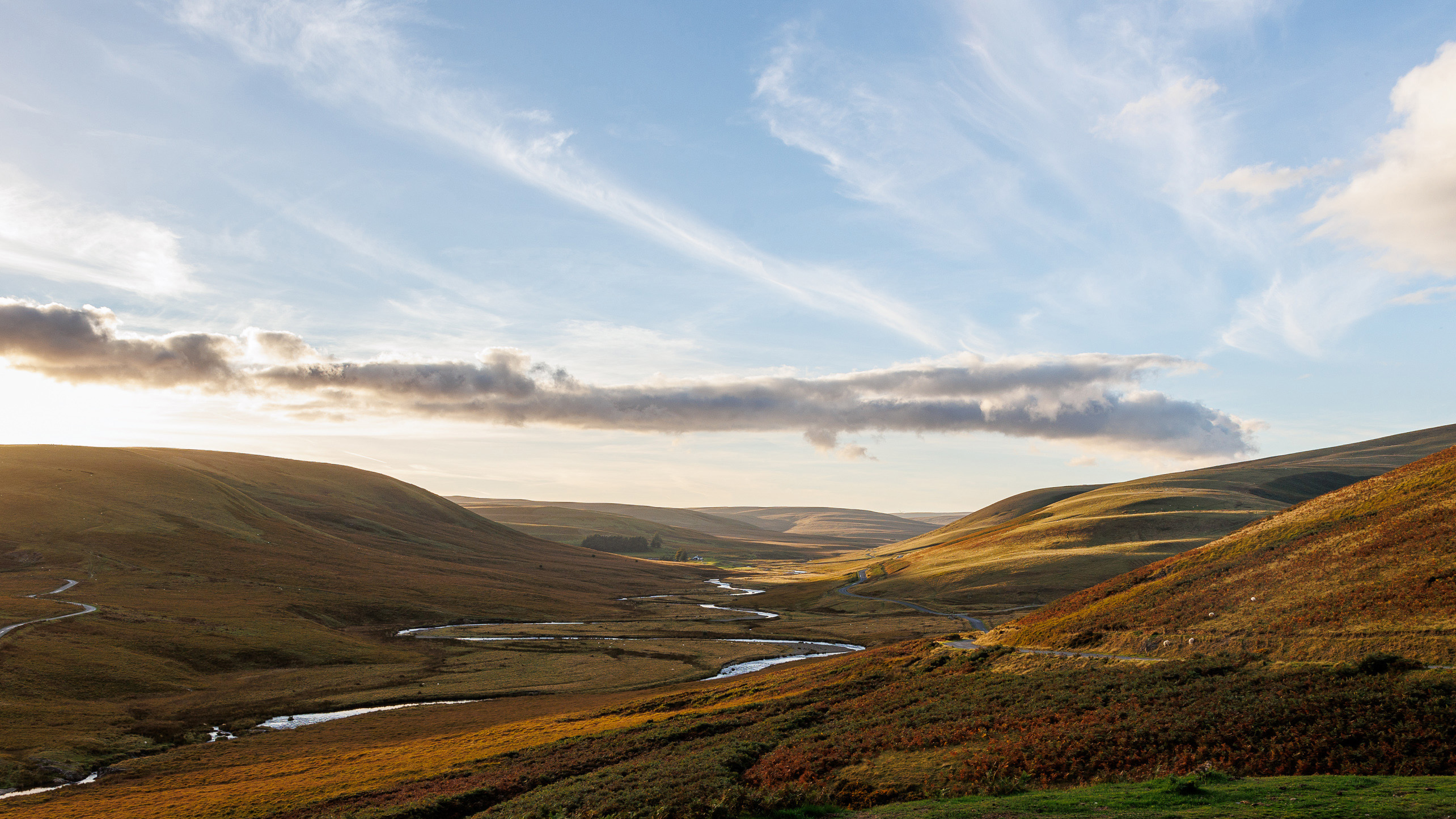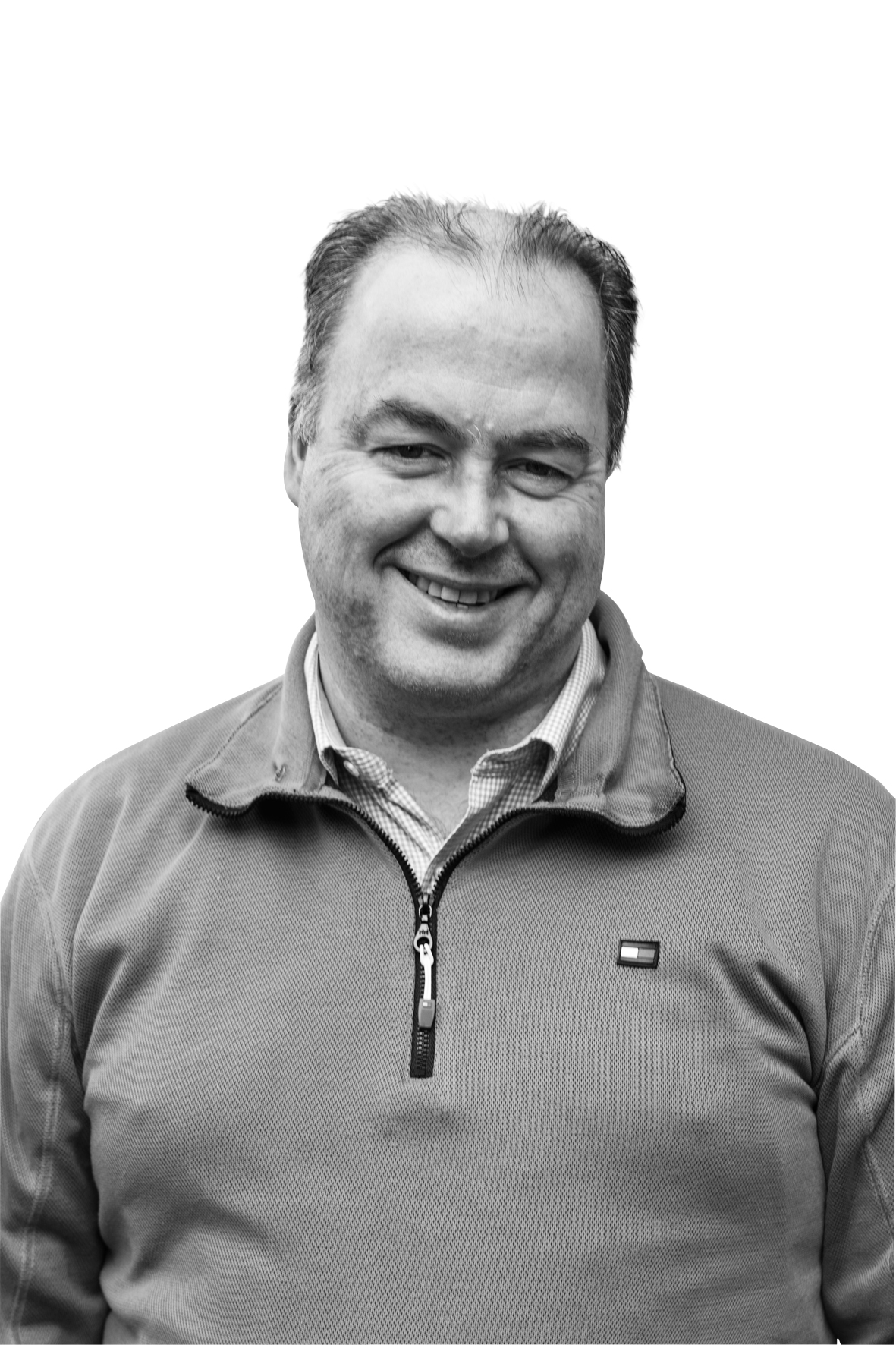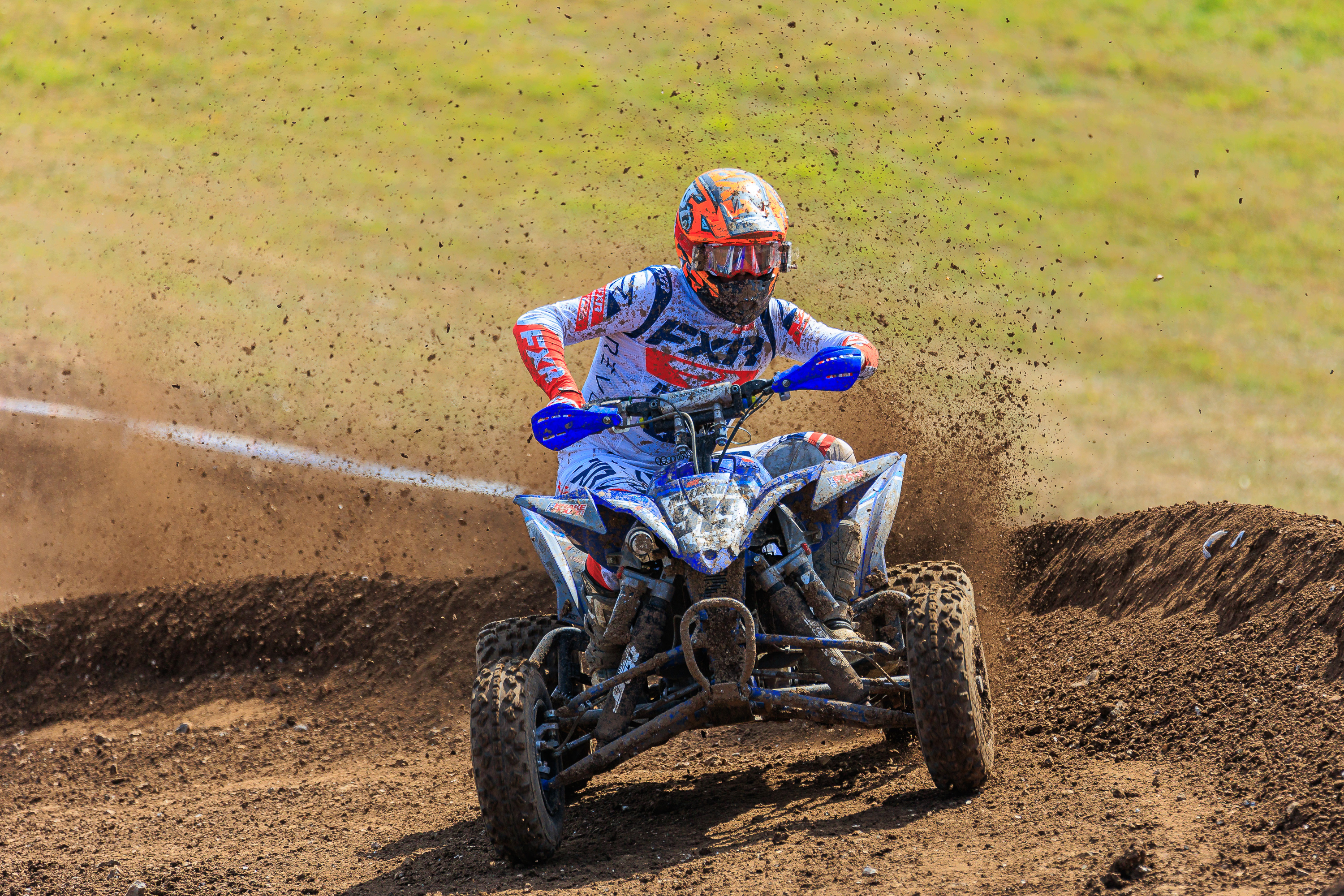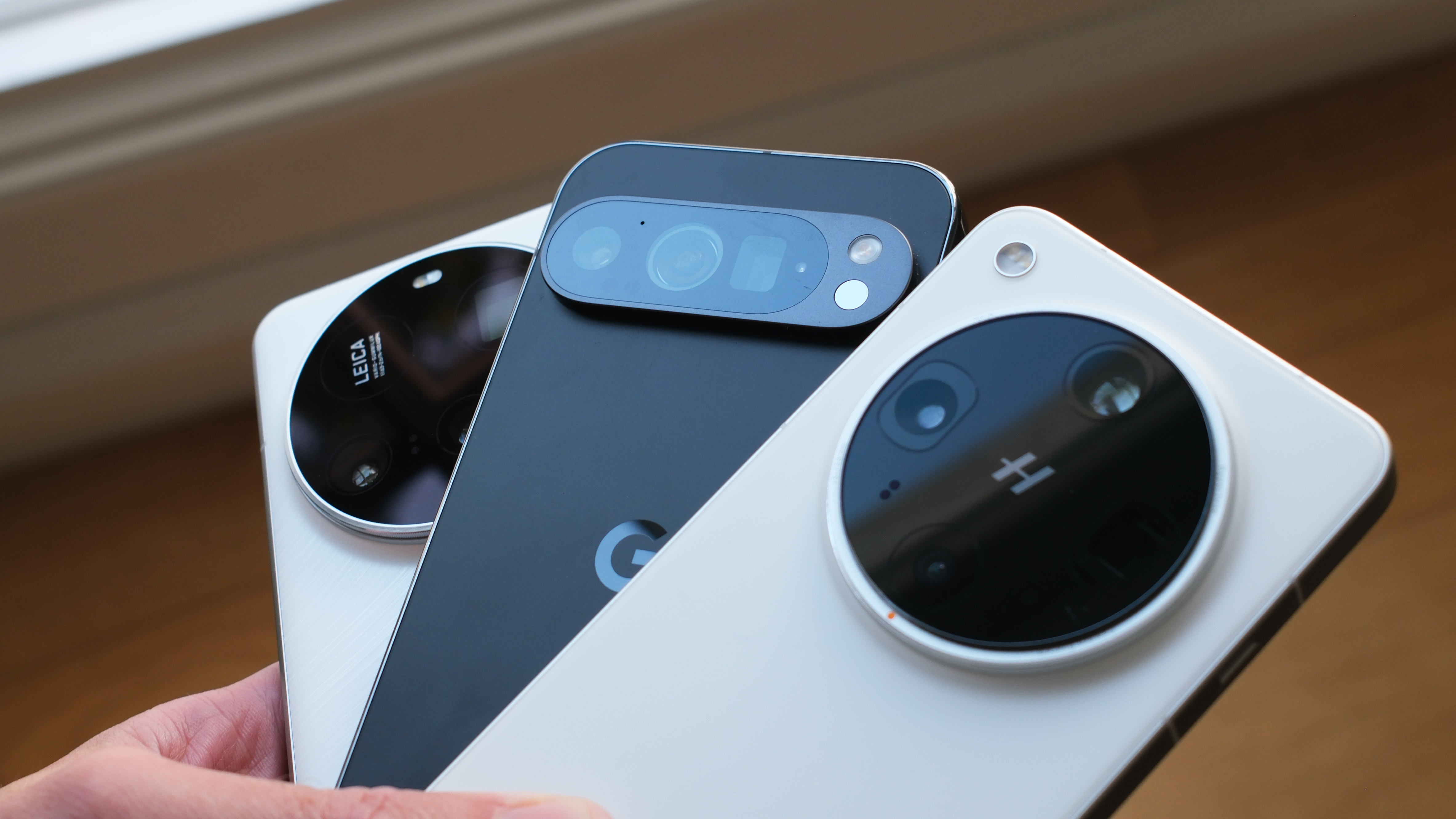Can you get great-looking JPEG images straight from camera?
These are the best settings to use for great JPEG photographs straight out of your camera

A lot of photographers shoot JPEG images, and so it is more important to configure the right camera settings so that those photographs look their best. First consideration is color or monochrome, and then how do you like your color to look; punchy and vibrant, or softer with muted tones?
All these are determined by the camera's picture mode, or picture style. Most models have an automatic style that switches between categories like Standard, Portrait and Landscape styles depending on the picture. All three are different, with Landscape having the most contrast and vibrant colors, and Portrait having the least. It is a good idea to test out the styles and see which you prefer – and if your camera has a Fine Detail style, take a look as it often gives better results.
Within the picture style there are parameters for contrast and sharpening, and while the defaults are good you may want to adjust them to give you the images you like. Options like Clarity are found in many mirrorless models, which increases the mid-tone contrast to make images feel sharper and more detailed – and it can also be reduced for softer, gentler results.

Brian is a freelance photographer and photo tutor, based in Oxfordshire. He has unrivaled EOS DSLR knowledge, after working for Canon for over 15 years, and is on hand to answer all the EOS and photographic queries in Canon-centric magazine PhotoPlus.
Visit Brian's website
Automatic white balance is perfectly fine in many lighting conditions. If you regularly shoot indoors with warm tungsten lights and want more neutral results, select auto white balance with white priority to reduce the warm tones of normal auto white balance. On cloudy days, you can add a bit more color to your pictures with the cloudy white balance setting, but reset it after you finish taking photos.
Choose sRGB color space if you don’t know how to use and work with the AdobeRGB images on your computer, as sRGB is the standard for web images and most printing companies – so it makes sense to use it.
When low light forces you to raise the ISO, in-camera noise reduction will optimize your shots. Don’t disable noise reduction; leave it at the standard setting. Lens corrections can produce sharper results and all but eliminate lens aberrations – a process that can take twice as long with each RAW file in post-production.
There are more limitations with editing JPEG images, and there is more flexibility to correct camera settings in the edit. However, I am convinced that most photographers who shoot RAW + JPEG, rarely actually use their RAW files – so getting the JPEGs as good as they can be in camera is the key.
The best camera deals, reviews, product advice, and unmissable photography news, direct to your inbox!
PhotoPlus: The Canon Magazine is the world's only monthly newsstand title that's 100% devoted to Canon, so you can be sure the magazine is completely relevant to your system. Every issue comes with downloadable video tutorials too.
You might also like the best Canon lenses and the Canon EOS R10 review.
Brian is a freelance photographer and photo tutor, based in Oxfordshire. He has unrivaled EOS DSLR knowledge, after working for Canon for over 15 years, and is on hand to answer all the EOS and photographic queries in Canon-centric magazine PhotoPlus.


